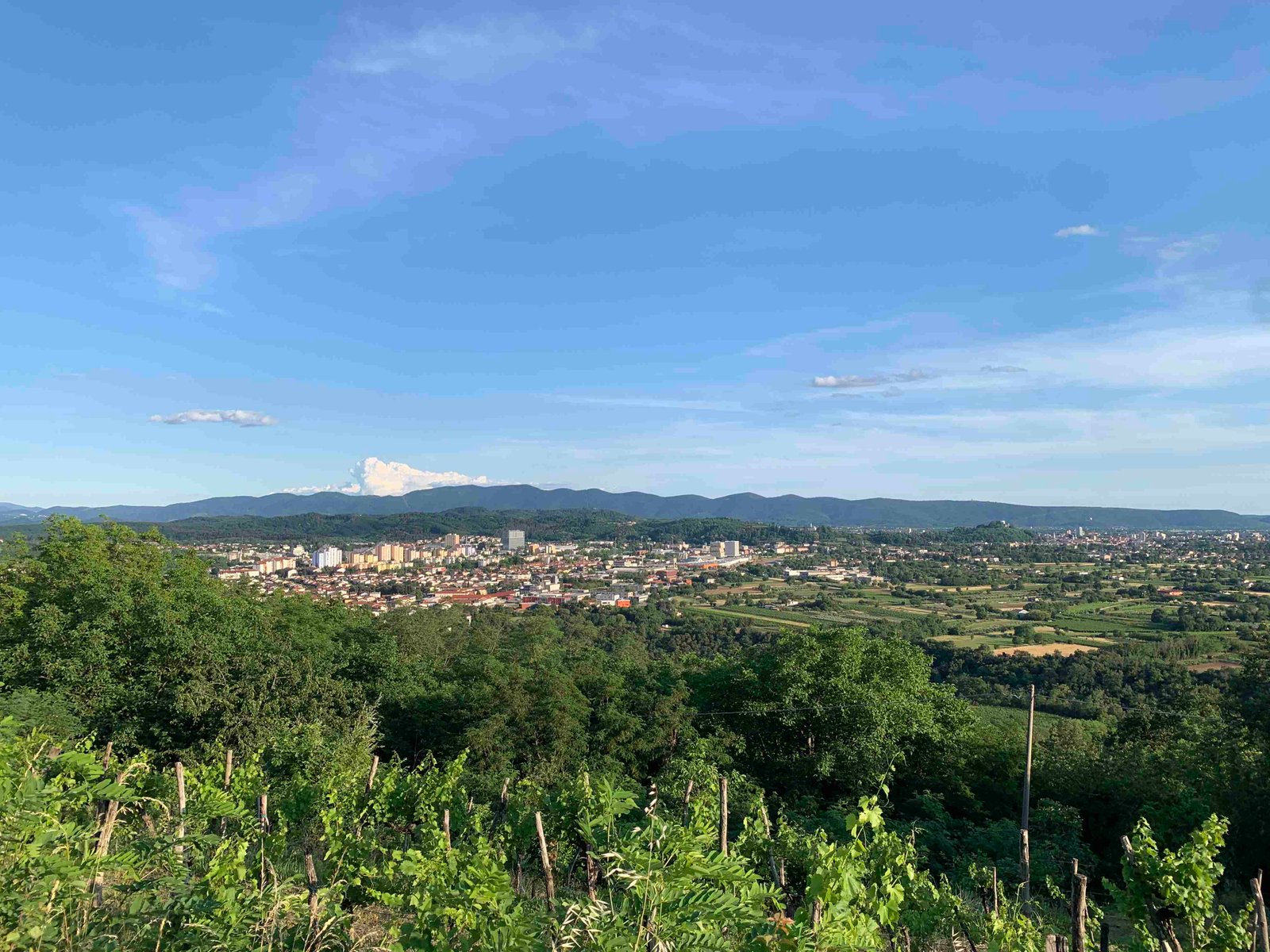Primorska
The Primorska region covers the south-western part of Slovenia, stretching from the high mountains to the sea.
Primorska is characterised by a coexistence of Mediterranean, alpine and temperate climates; which generate distinctive ecosystems that vary with landscapes (alpine, hills, karst flatland and coast). In the southern part of Primorska region the main urban area is Koper, which hosts a large port. In the northern part of Primorska the main urban centre is Nova Gorica on the Slovenian side, which together with Gorizia in Italy makes up a single larger urban area that has been selected as EU Capital of Culture in 2025. Nova Gorica, Izola and Ajdovščina have all put forward a commitment to the EU mission for 100 Climate Neutral Cities.
The regional energy agency GOLEA has been the catalyst for Primorska leading some of the most advanced municipal energy action in Slovenia. Building a growing community energy movement is seen as a next great opportunity for the Primorska region. Solar energy offers great potential, but still remains underdeveloped. There is potential for significant quantities of wind power production in this region, but community opposition and environmental restrictions have meant that so far there are only two wind turbines in the area (also the only two in Slovenia). One of Slovenia’s first community energy co-operatives is in the Primorska region: Lesna Zadruga Loški Potok (Loški Potok Wood Cooperative). Founded in 2016, Lesna Zadruga Loški Potok operates a local district heating system running on local wood biomass. Ajdovščina municipality has also realised a pilot project where solar on the roof of a public facility is used to supply electricity to seven households. There is considerable interest of several Primorska municipalities (Koper, Pivka, Divača, Komen, Hrpelje-Kozina, Izola, Ilirska Bistrica, Nova Gorica, Ajdovščina, Kanal ob Soči, Tolmin, Kobarid, Bovec) to help launch and scale local community energy activities, but capacity and funding streams still need to be developed.
Climate change affects several vulnerable areas of the region including: the coast, which is challenged by sea level rise; urban areas facing more heat waves and flooding; the unique karst plateaus that are highly prone to dry periods, and a reduction of snowfall, vegetation cover and biodiversity in the mountains. Heat and water scarcity are critical climate adaptation challenges.



